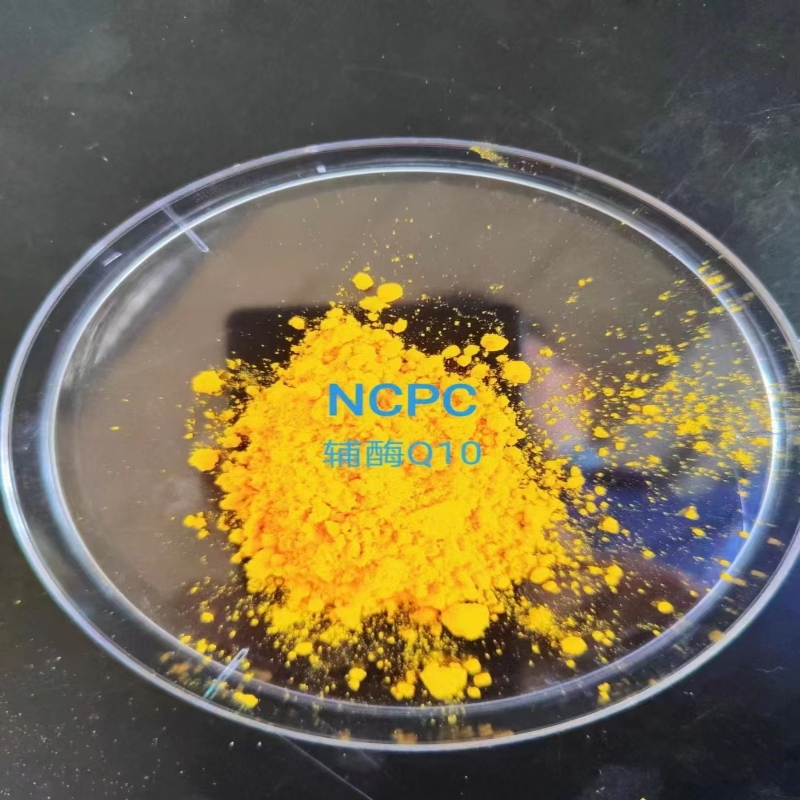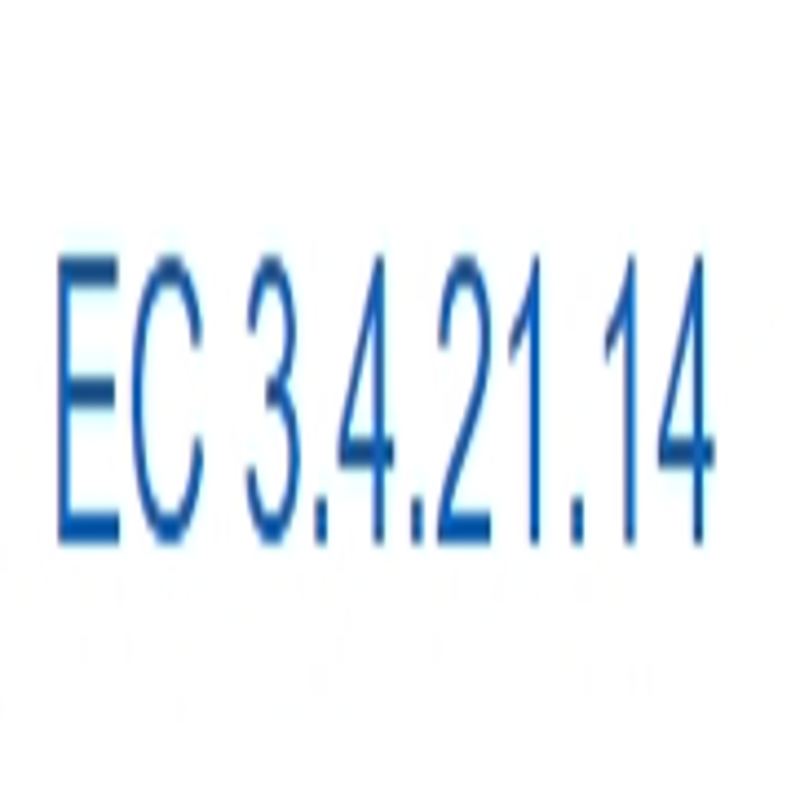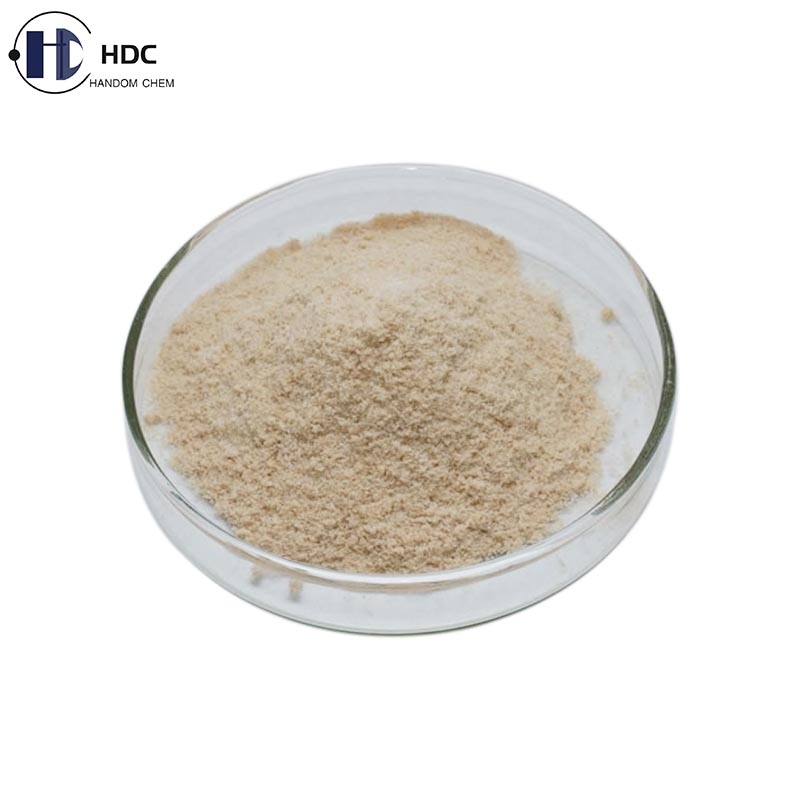ELife: Why are dwarfism patients so small?
-
Last Update: 2018-02-07
-
Source: Internet
-
Author: User
Search more information of high quality chemicals, good prices and reliable suppliers, visit
www.echemi.com
February 7, 2018 / BIOON / - as two completely separate systems in human body, you will not think that there are many similarities between ovary and bone tissue But it is! Health experts at the University of Connecticut say their common ground may also explain why dwarfism patients like actors Peter Dinklage and David Rappaport are so small Photo source: the University of Connecticut relationship (the relationship between two enzymes in bone tissue) was found by laurinda Jaffe, Professor of cell biology at UConn, Leia shuhaibar, associate professor, and collaborators at the University of Minnesota The related research results are published in eLife Jaffe and shuhaibar were studying fertility at the time and found their mice had extra long bones In their study, they found that mutations in the npr2 gene control the maturation of oocytes in the ovary Npr2 needs to have a phosphate group attached to it to work In their lab, the phosphate group seems to stick to npr2 permanently, so it can work all the time, which causes another enzyme called the fibroblast growth factor receptor to be inhibited, so the bone grows longer than normal In contrast, when achondroplasia dwarfism occurs, the fibroblast growth factor receptor is always activated, which leads to bone failure It is also the hypoplasia of cartilage that causes Peter Dinklage and David Rappaport to be so small that the incidence rate is about 1/15000, the most common short leg dwarfism in the world In the latest study, shuhaibar and his colleagues found a new mechanism of dwarfism caused by over activated fibroblast growth factor receptor - by promoting the removal of phosphate from npr2 Jaffe and shuhaibar are now studying which specific molecule can take the phosphate group from npr2 If they find out who is behind it, they will be able to use it as a target for the treatment of achondroplasia dwarfism Reference materials: Leia C shuhaibar et al Dephosporylation of the npr2 guanylyl cycle contributions to investment of bone growth by fibroblast growth factor, eLife (2017) Doi: 10.7554/elife.31343
This article is an English version of an article which is originally in the Chinese language on echemi.com and is provided for information purposes only.
This website makes no representation or warranty of any kind, either expressed or implied, as to the accuracy, completeness ownership or reliability of
the article or any translations thereof. If you have any concerns or complaints relating to the article, please send an email, providing a detailed
description of the concern or complaint, to
service@echemi.com. A staff member will contact you within 5 working days. Once verified, infringing content
will be removed immediately.







